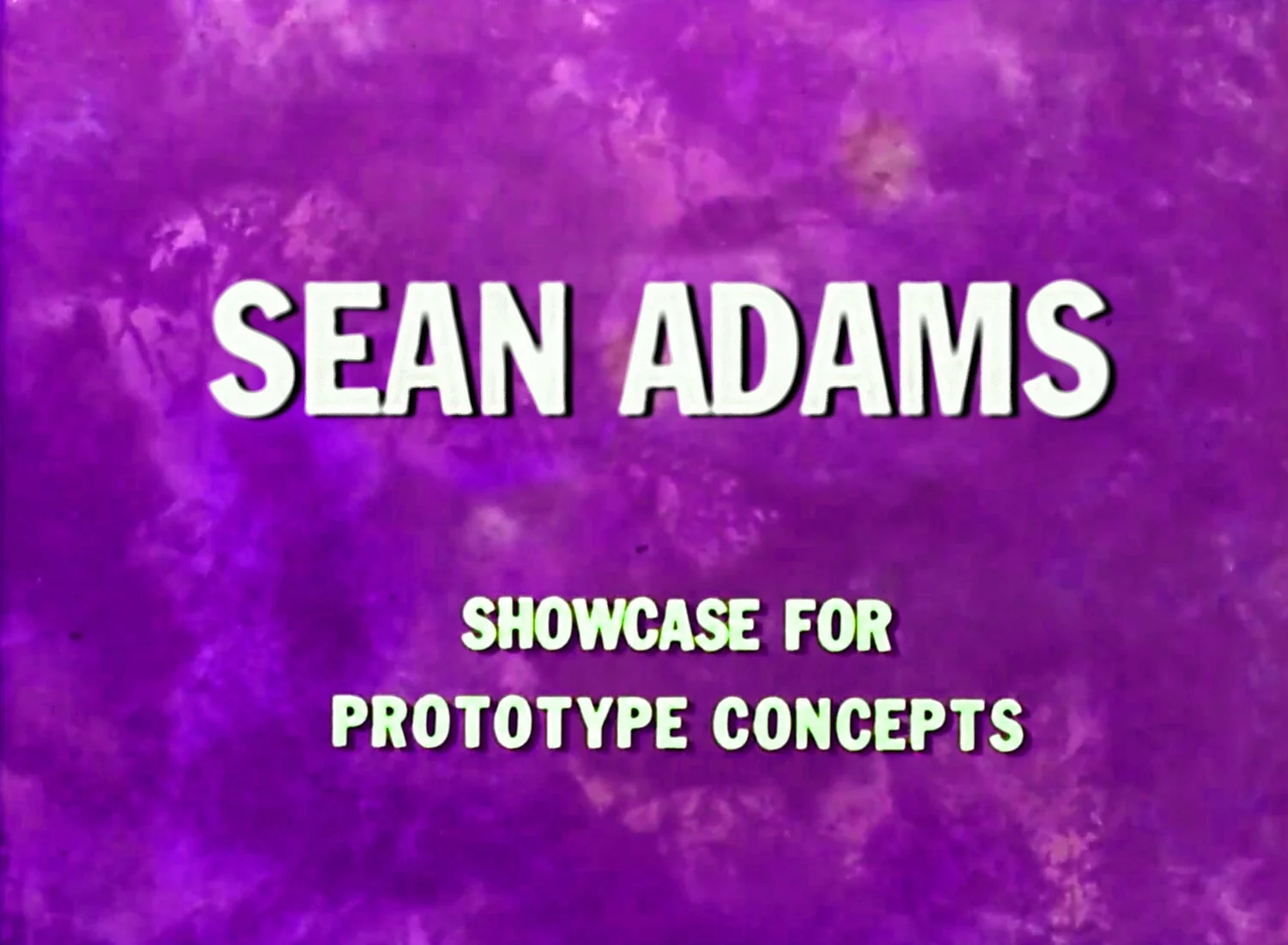Revenge of the Rigid
Environmental Protection Agency identity system and manual
Chermayeff and Geismar, 1977
From Design Observer
In 2015, Jesse Reed and Hamish Smyth started a Kickstarter campaign to reprint the NASA Graphics Standards Manual, designed Danne & Blackburn in 1975. Recently, Reed and Smyth, as Standards Manual, with AIGA, have launched another Kickstarter campaign to reprint the EPA Standards Manual. Chermayeff and Geismar designed the identity and system in 1977. To date the suite of manuals also includes the Manuals for the Official Symbol of the American Revolution Bicentennial, and the New York City Transit Authority.
The commonality with all of these manuals, beside their overwhelming popularity now, is the rigidity of the graphic systems. The manuals clearly mandate how to use the logo, how not to use the logo, what color is acceptable, and the only typeface option. Examples of applications show the grid structure and type of imagery. As many possible examples are identified from a satellite to a Telephone Directory cover. These are not systems to be messed with.
What is contrary here is the current fascination with these hard-line identity systems in a design culture that proselytizes the virtues of flexible logos and customizable systems. Let’s identify the differences. The classical post-war identity program followed the strict guidelines. Designers working with the program followed the rules in the manual and produced work that maintained a consistent visual system. By the 1980s, the idea of a flexible identity, that is a logo that can change, evolved. The MTV logo (Manhattan Design, 1980) is a prominent example of the flexible identity system. Designers working with a flexible system were encouraged to bring their own creativity to the project and create dynamic and surprising results.

